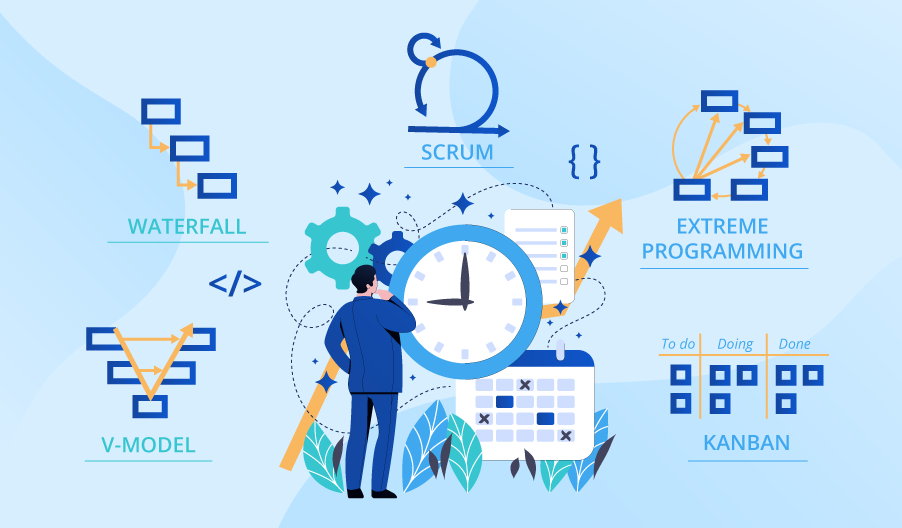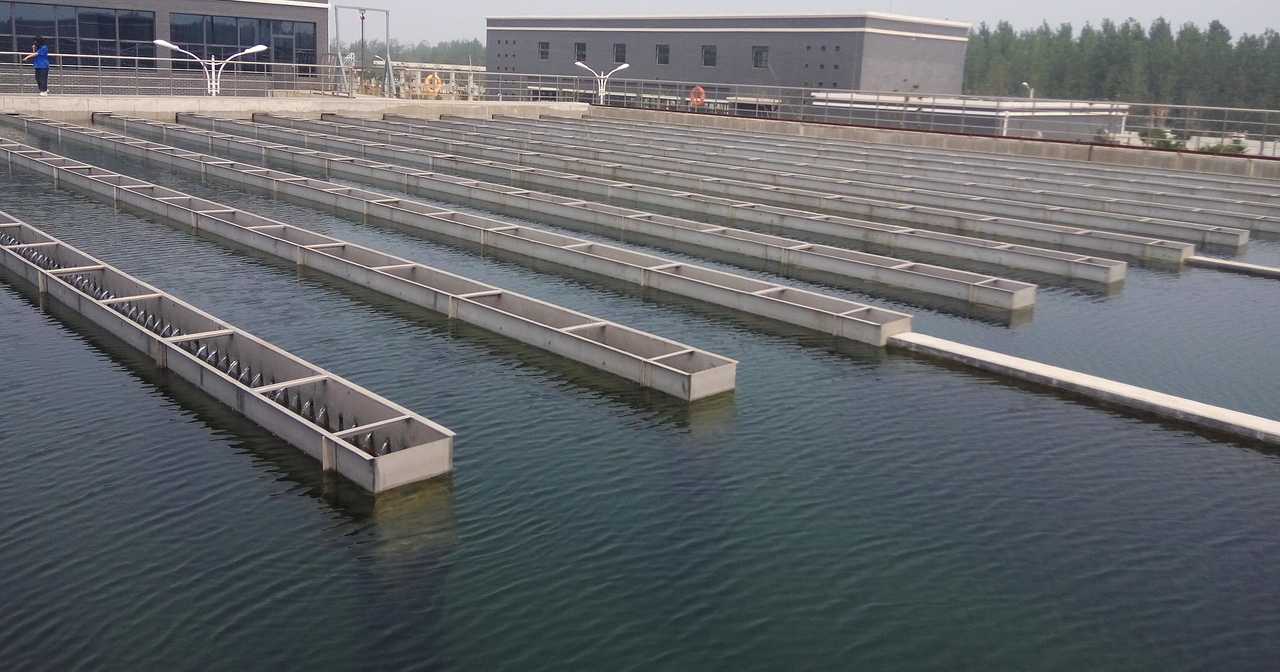As defined by the Brundtland Commission (Potter 2002) pg. 117, sustainable development is the “development that meets the needs of the present without compromising the ability of future generations to meet their own needs”. We all should seek to sustain the development of the nations, the equity between social classes and the end of poverty. Development is thus an appropriate goal that should be created through sustainable methods, in order to bring growth and the involvement of people in their own development.
The economy is based on its primary source, the environment-nature which provides animals, plants, air, water, land and so on. If we do not protect our primary source of life, sooner or later it is going to affect our health, quality of life. Social equity is gained through a strong economy and fulfilling other types of needs, beyond the basic ones. These three conform an interconnected cycle that provides us of almost all our necessities.
Spangenberg (Spangenberg 2004), pg 12 points out four issues we should address:
•The environmental challenge, the degradation of the natural basis of human life
•The first social challenge, the increasingly unequal distribution of income and assets,
•The second social challenge, the high number of people living in poverty
•The institutional challenge, the resulting threats to peace and security.
These issues seek, through the appropriate public administration, to provide citizens with the opportunities to have a dignified life, the basis of a sustainable development. A dignified life is thus affected by the following issues as Rogers et al (Rogers 2008) points out and are factors that should be considered strongly in order to attain sustainable development:
•Population Planning. According to Rogers et al (Rogers 2008) pg. 53, “population growth is not such significant factor in environmental degradation” but, I agree with the authors that when improves the competition for resources such as land and water intensifies which it may brings conflicts.
•Participation. Where citizens influence and control activities that brings their own development, including the poor and the disadvantaged
•Policy and market failures. Especially being indifferent to what is damaging the resources, or giving priority to activities to deforestation.
•Good Governance. Its relation with market failures is pointed out and the success of policy, unfortunately, in many developing countries, for example, corruption is common and is characterized by the use of any opportunity to abuse others. In my opinion, it is an unfair threat to development or the worse cancer to it. According to United Nations Development Programme (UNDP 2008), “The erosion of human rights and respect for constitutional authority hinders programmes to alleviate poverty and increase human security”. The impact of corruption is worse for poor people and in developing countries.
•Prevention and Management of Disasters. Disasters can affect everyone at any time and people should be aware of it. Disasters are unexpected, with little or no warning or opportunity to prepare. Available personnel and emergency services may be overwhelmed initially by demands for their services, and lives, health, and the environment are endangered (CT Department of Emergency Management & Homeland Security 2003). Migration of rural inhabitants to urban cities, seeking more work opportunities, health services or others, make people locate to the surroundings or hillsides of the cities, where utilities are scarce or do not exist as well as transportation or other services to the community. Usually people move under poor conditions aggravating the economic growth of the cities.
•Natural disasters. Disaster management is requested as a requirement for sustainable development because it impacts sectors such as social, economic and environmental.
Cristicisms of the 1st Green Revolution
The green revolution (GR) originally was implemented in response to the growing population during the 1960’s. As overlooked by Malthus, innovation became the solution to handling the exponential growth of the population. Food supplies were increased through the implementation of High Yielding Varieties (HYV’s) of crops that were genetically modified to increase yields. At first this was thought to have been a successful endeavor. Rice and wheat yields in India tripled as more crops were able to grow on the same amount of land. The GR was lauded for increasing productivity per capita, creating more resistant crops, using less fertilizer and shortening growing seasons (Benson 2007).
However, as the green revolution expanded, problems arose, socially, economically and environmentally. Economically problems began because the new varieties of crops were costly, creating a situation where only wealthier farmers were able to grow them. As food production increased for these wealthier farmers, food prices plummeted. Smaller-scale farmers were not able to compete with these prices and were forced to sell to the consolidating large monopolies. This, along with the fact that mechanization of farms created higher unemployment led to social problems due to an increase of people moving away from rural sectors and into urban ones. Cities became overcrowded with unemployed ex-farmers who were looking for employment-creating numerous social problems (Benson 2007).
Environmentally it was overlooked that the increase in yield per area would mean an increased stress on the land for that area. Higher levels of irrigation led to salinization of the soil while the increased water demand lead to salt-water intrusion in the aquifers. Due to the fact that the newly created crops were more resistant to the harmful effects of pesticides, farmers began using more pesticides rather than less. This subsequently further polluted the water supply, leading to the cycle where the poor become poorer because of environmental pollution.
The initial Green Revolution failed in part, because it did not examine the externalities. It myopically tried to focus solely on the problem of production without comprehensively considering the Social, Environmental and Economic Ramifications of its strategy.
The article “The End of Plenty” (Bourne 2009), points out that the use of pesticides and chemicals is killing farmers. It has also been shown to cause blood cancer in farmers. As an example, in Punjab, India, researchers found pesticides in farmers’ blood, their water table, their vegetables, even their wives’ breast milk. Another reason is the high cost of fertilizers and pesticides which has plunged many Punjab farmers into debt. A second green revolution could be based on genetic modification only with the purpose of growing new varieties with higher yields, reduced fertilizer needs, and drought tolerance, but, I believe that, nevertheless, a genetically treated seeds could involve other secondary effects still unknown. I agree with Rachel Bezner Kerr (Bourne 2009) pg. 58, that big companies are pushing farmers to participate in foreign programs instead of using ecological methods and local resources and skills.
In general, the first green generation failed because they focus only on using the land without having a better management plan to avoid depletion. This first green generation exemplifies the wrong idea we still have that mainly economic development is the best option for progress. The concept of the second green revolution is an improved version on what the first practitioners wanted to do, but this time the environmental element is included.





















